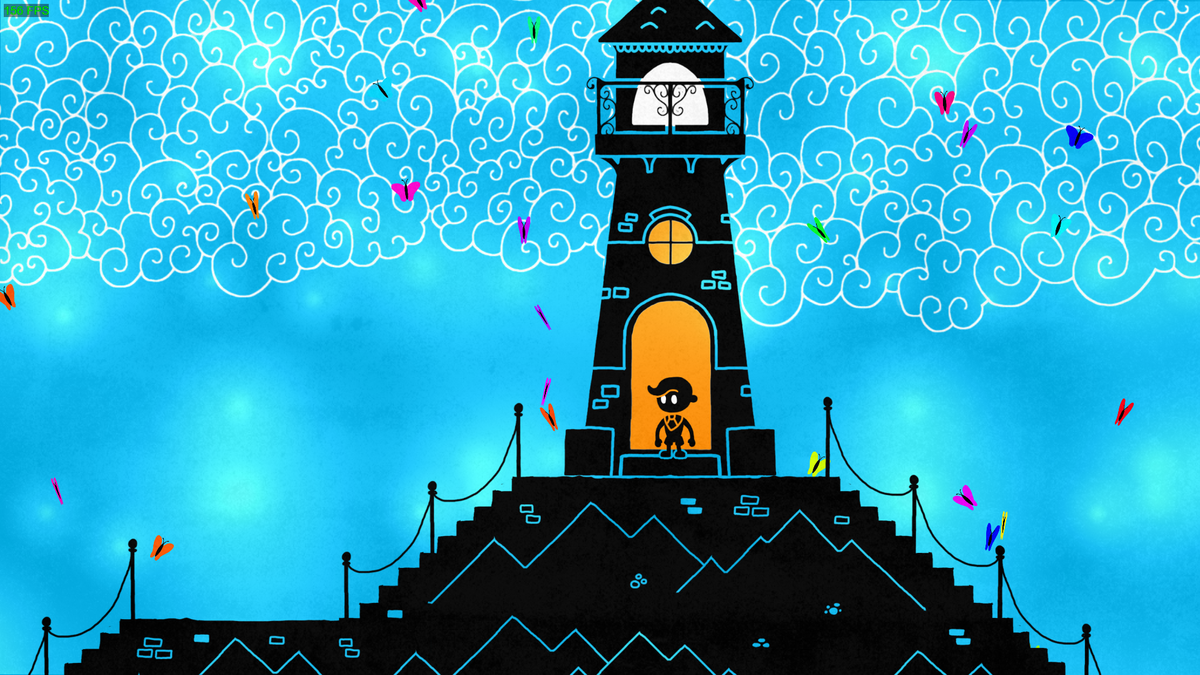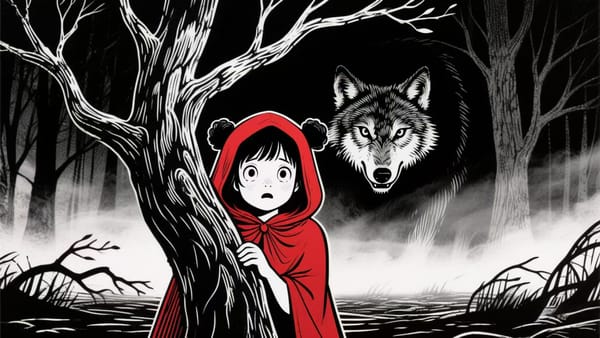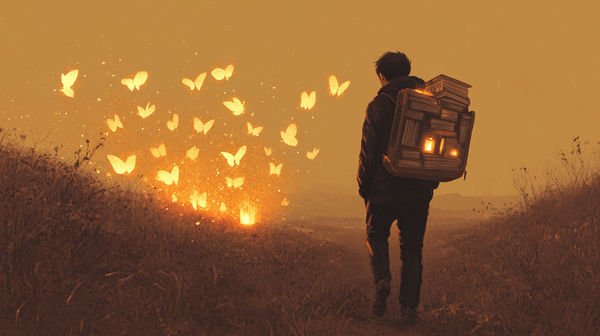A Hue Review for You: Vibrant Colors, Monotonous Story

There are a few times I wanted to start this game. Since I played Limbo, I have always been interested in these types of games. One day I thought, “Oh, my life is just too boring without a game to play, I need one immediately,” and I began. Having finished the game, I enjoyed its creativity, although the story made me confused at times.
About the gameplay
“We do not see things as what they are, Hue, we seen them as who we are.”
Hue is a 2D platformer game where you solve puzzles by switching background colors to discover hidden paths. The game starts in a black and white world, and we control the character, a kid named Hue, who is looking for his mother. We explore the world for different fragments of a ring of colors.
I have played several puzzle solving games, and I think the mechanics of this one are creative and interesting. Our character starts on a journey for seven different color fragments that once formed a special ring.
The idea that stands out in this game is how people see things differently through their own eyes. For example, in one puzzle, we find a blue box which can be used as a stepping-stone when we change the background color from blue to yellow. We can also see this in the game by what Dr. Grey, Hue’s father, tells him at the end of the story, “We do not see things as what they are, Hue, we see them as who we are.” When we are red, we see the world red; when we are blue, we see the world blue.
We can easily apply the saying in real life. Many times, we find other people not very transparent during conversations. That is because people have different background stories that shape their personalities. Thus, their perspectives on events in life often vary. For example, some people are scared of horror and violence in movies and cannot understand why others like it. However, this type of film can help people reduce stress. This is why people say: you cannot fully understand another unless you walk in their shoes.
About the plot
“If a tree stands in the forest alone, and nobody is there to see it, does that tree exist? Does it have color and form? Does it matter?”
The story is told through letters left by Hue’s mother. We don’t know that she is Hue’s mother at first. We just hear a peaceful female voice after finding the first letter: “the university garden was bathed in an earthy orange light when I first met Dr. Grey…” Afterwards, she tells the story part by part as we unlock more and more color fragments.
The whole thing is like this: Hue’s mom is an intelligent student studying colors in university. She made a “color ring” which can change the color of the world. Later, she fell in love with a young professor, whose name is Dr.Grey, and they later had Hue. One day, however, the university claimed mom’s experiment was unethical, that “altering the fabric of our reality is dangerous.” Her research was terminated, and she was suspended. She was furious about this and hoping to find help from her loved one. Dr. Grey, nevertheless, sided with the university and destroyed her “color ring.” This harmed their relationship. After this event, mom kept on exploring her research at home but had an accident midway—she changed the color of herself to a hue that is outside of the spectrum, invisible to human eyes.
Here is when Hue’s story starts. Hue collects the broken pieces of her ring, gets to know more about her story, and finally finds her doing research in her lab, just like the good old days.
Well.
There is so much left out, not explained. Why is it unethical to change the color of the world? How did mom become visible again? Is the ending real? Or is it just an illusion for Hue, and the result he actually found is that his mother will never return? Other than the outside the visible spectrum, there is one more thing people claimed to exist but cannot observe: spirits. She might have died.
I believe his mother disappeared for good. Previously, she had started to question the world around her, saying, “Is there really such a thing as true reality? Does truth exist in our mind, the same way color does?” It is likely her research was indeed dangerous, and her enthusiasm had led her to the unknown.
So, if a tree stands in the forest alone, does the tree have meaning? If Hue’s mother stands in nowhere and none can see her, does she still exist? This is the confusing question that the game asks of us.
Many times, in our life, we had to say goodbye—to friends, lovers, family. When someone irreplaceable left and are unlikely to get back to us, they still stay in this world, but out of our reach. Like a water droplet dissolving into the ocean, a sand grain vanishing into desert winds, mist transforming into clouds, or a kite slipping from grasp to wander endless skies. Farewells arrive with lightness, happening naturally—yet carry such weight that no amount of sadness can stop it.
Through fragmented letters rather than direct memories, we know more about Hue ’s mother—her enthusiasm toward research, her dramatic romance with Dr. Grey, and her love for her child. We construct an image, both the ambitious scholar and the loving parent. The letters have formed an in-depth image of his mother in Hue’s mind such that the lingering question of her existence no longer matters that much.
Thus, it doesn’t really matter if they meet again. We don’t know where Hue’s mom is. We don’t know whether or not she is alive, does she still physically exist, will she one day come back. So, let’s just not think about it. Instead, we should focus on what has certainly happened and is very important: her influences on Hue through these letters, things that pass on with Hue—the academic passion, the memories of the nurturing mother, and the strength and courage to confront obstacles and pursue a colorful world. Hue learned that there are many more different ways to see the world and there are many things left there in the world for him to explore.
Then the answer is yes, the tree does exist, colorful and meaningful. It will still be standing somewhere inside the forest.
Conclusion
As far as I'm concerned. It is an interesting game but it gets old. The mechanics of the game is the best part. It is creative, although the puzzles turn monotonous despite ever more colors. The story is less engaging. It is interesting but confusing and hard to grasp. The developer achieved what they set out to accomplish. Enjoy it during a peaceful afternoon when you have no exams coming around.


